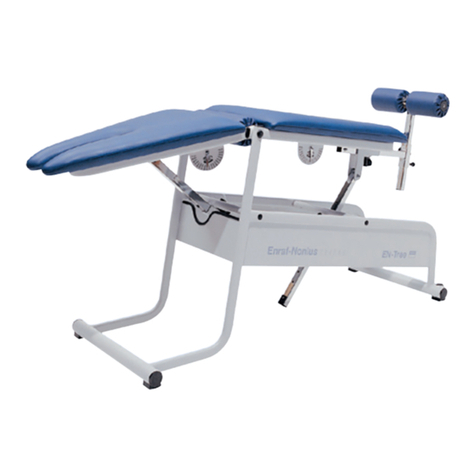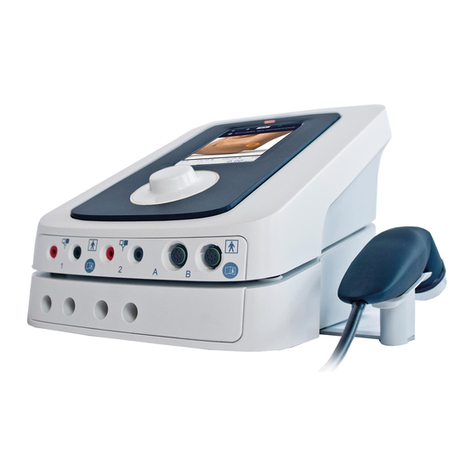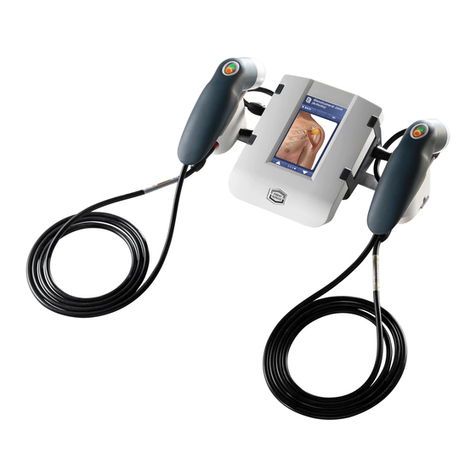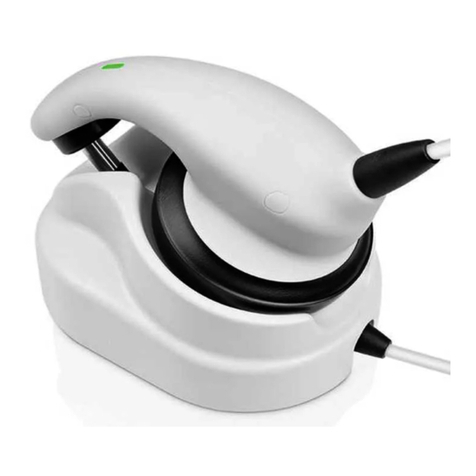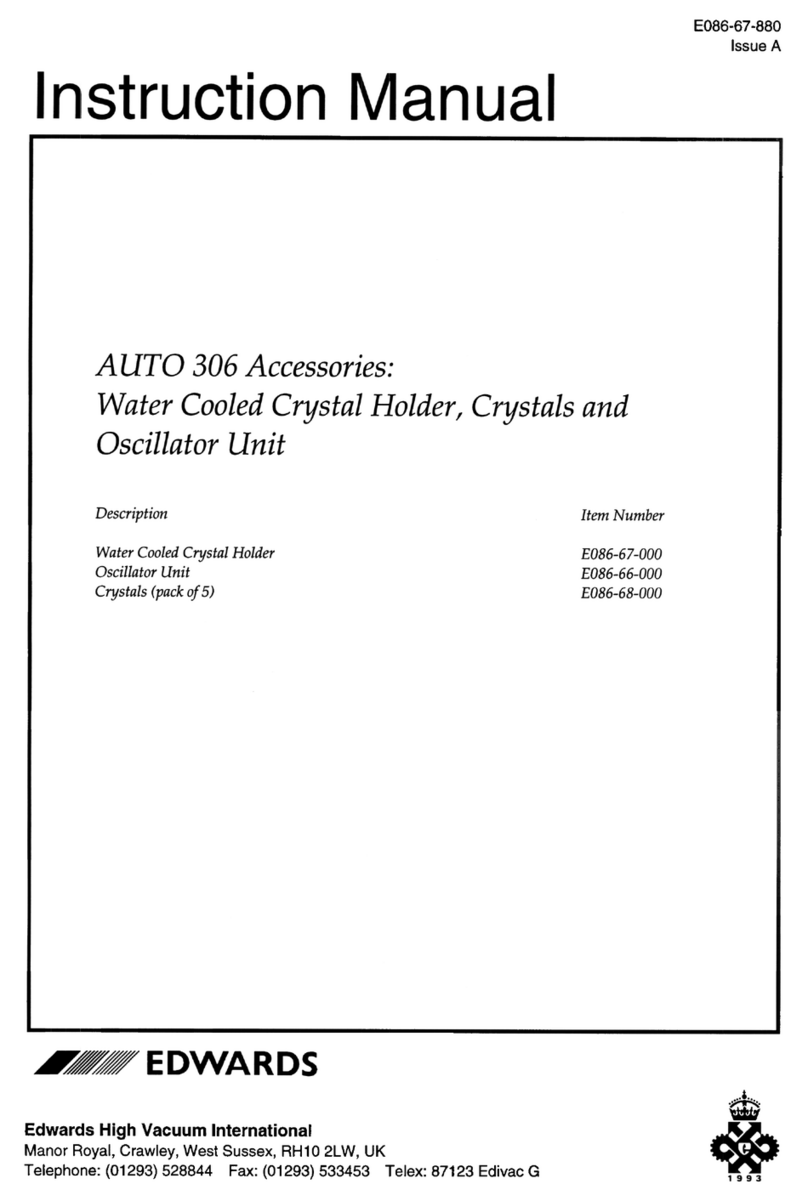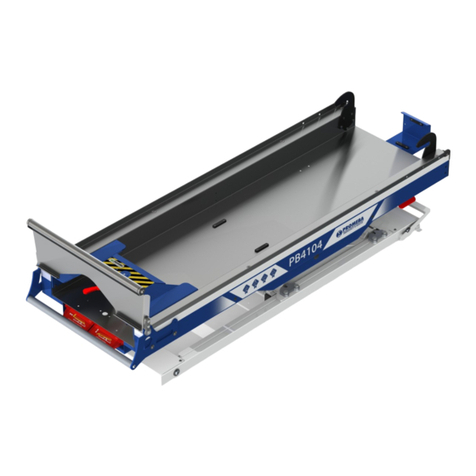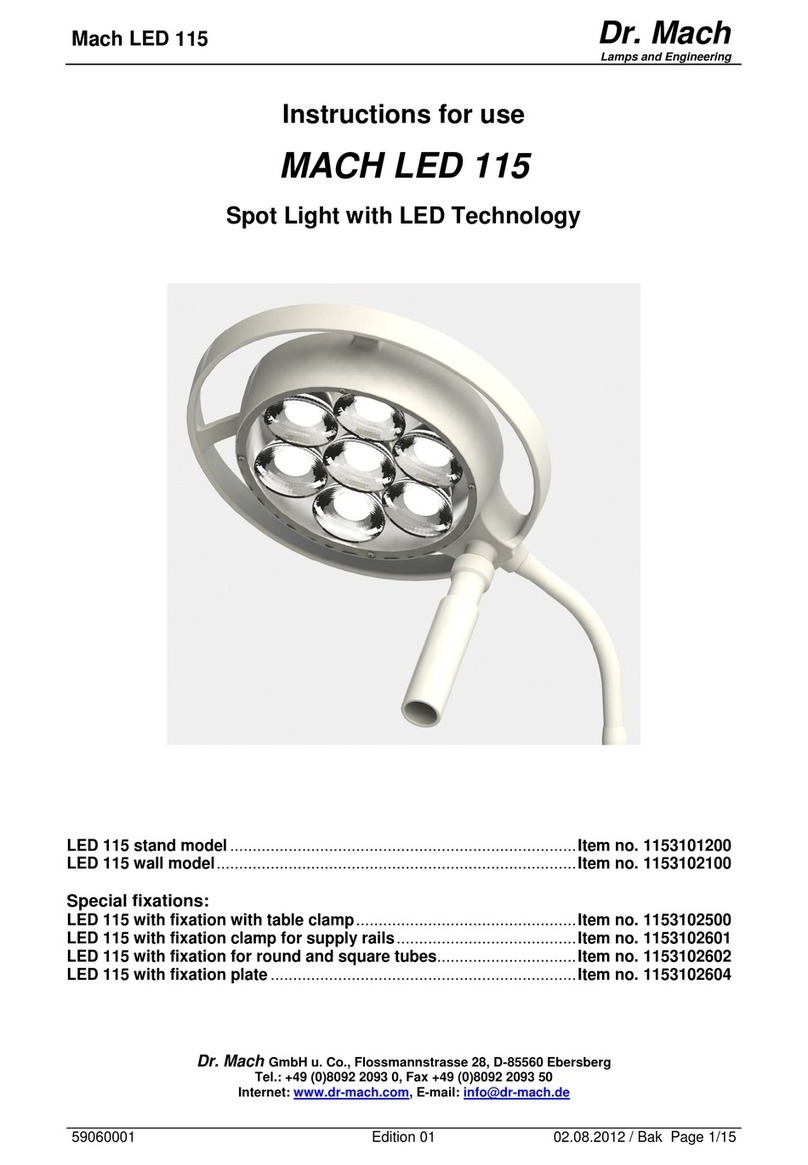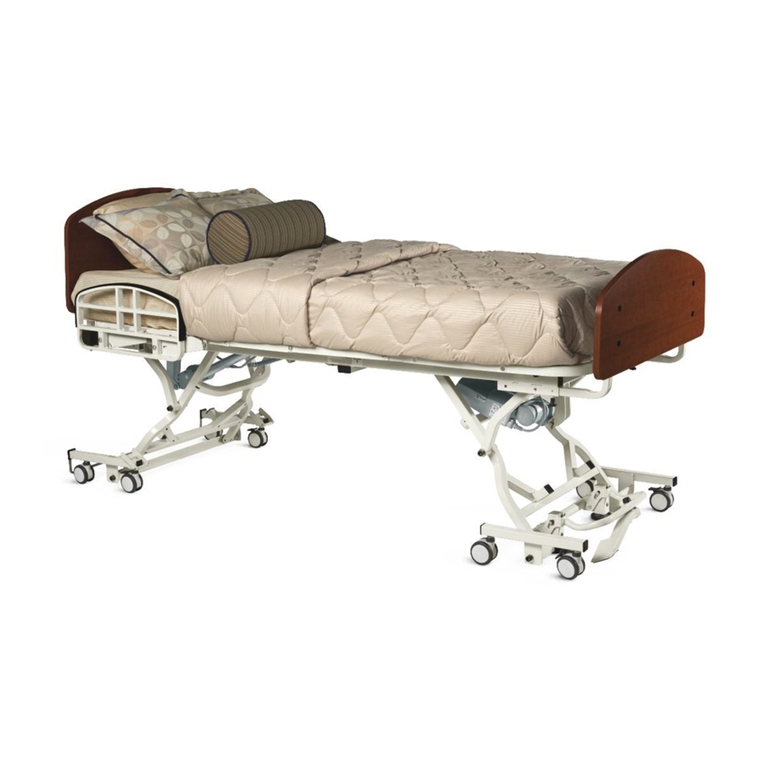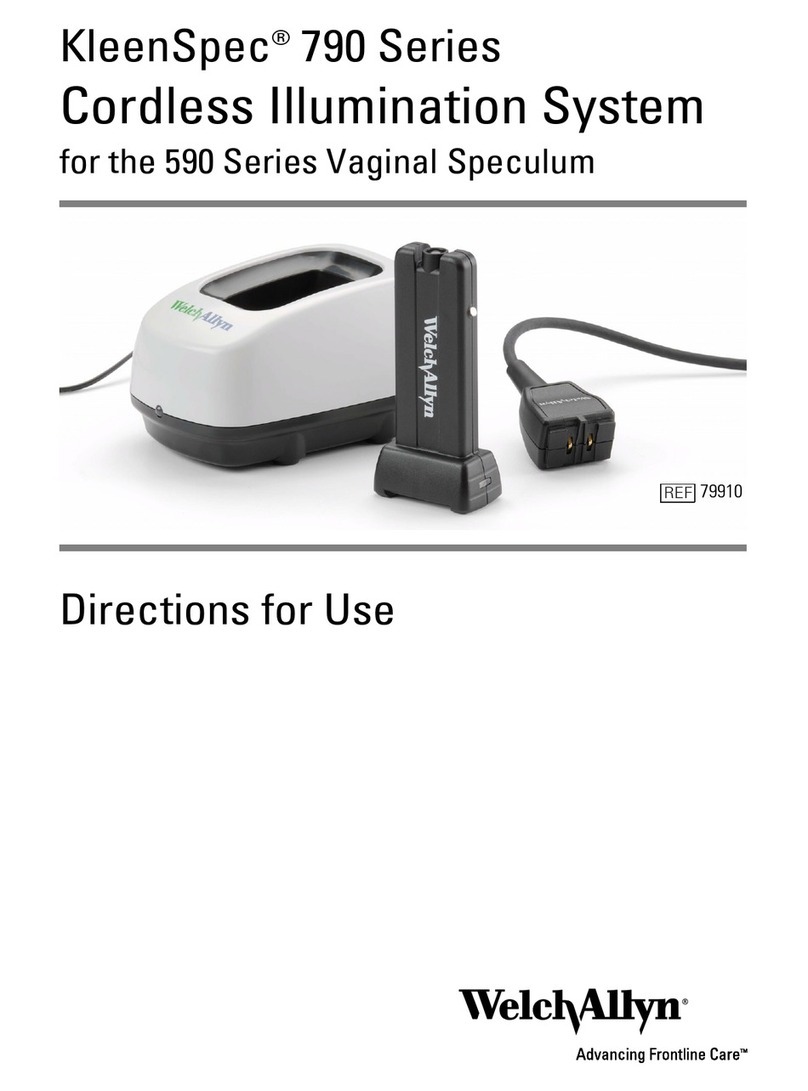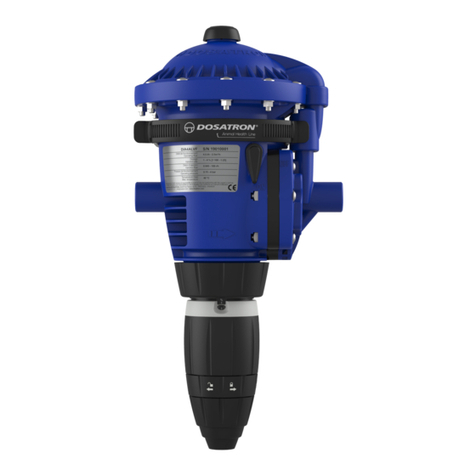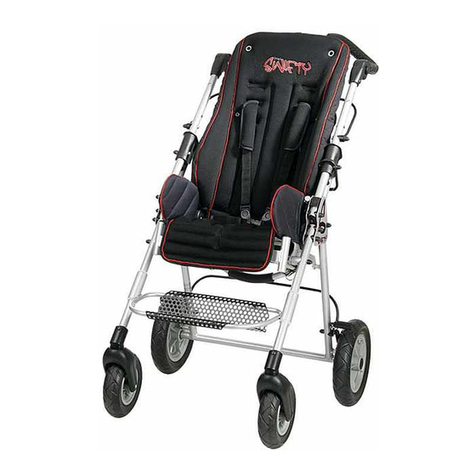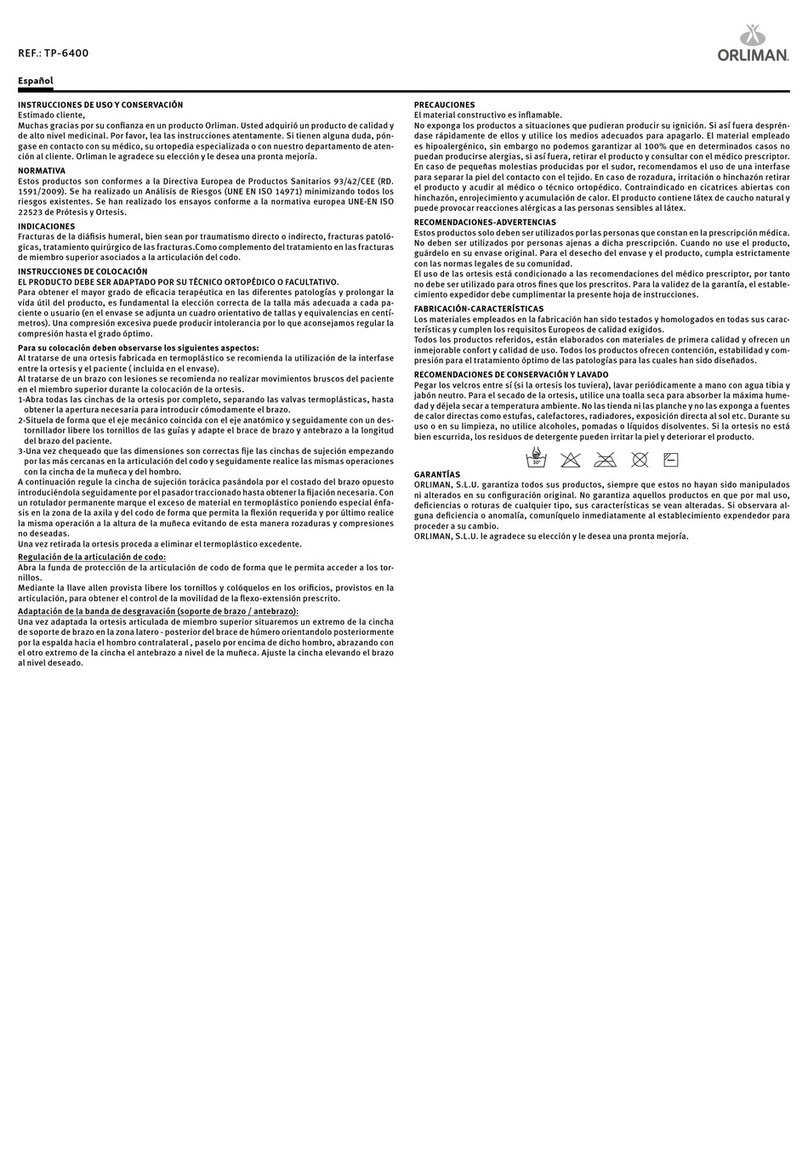Enraf Nonius Endolaser 120 Installation and operation manual








Other manuals for Endolaser 120
1
This manual suits for next models
3
Table of contents
Other Enraf Nonius Medical Equipment manuals
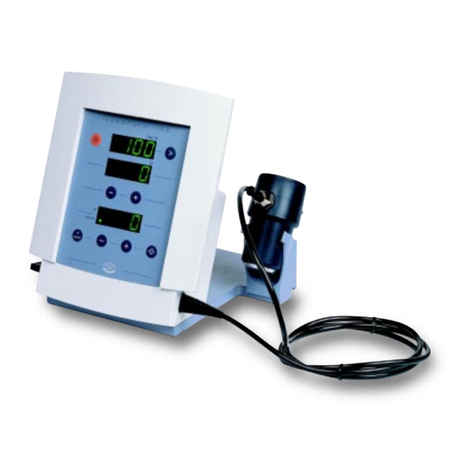
Enraf Nonius
Enraf Nonius Sonopuls 190 User manual

Enraf Nonius
Enraf Nonius Sonopuls 190 User manual
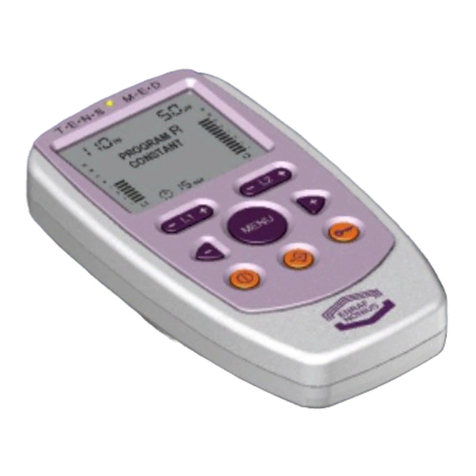
Enraf Nonius
Enraf Nonius TensMed 931 User manual

Enraf Nonius
Enraf Nonius Curapuls 970 User manual
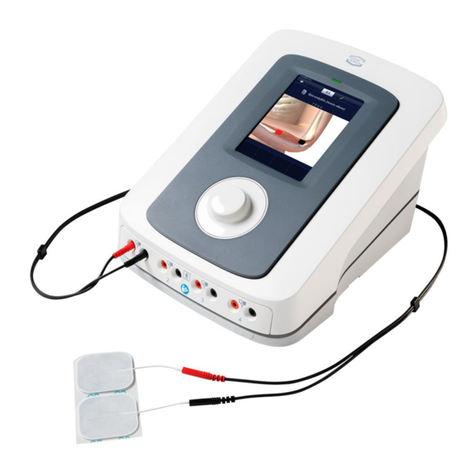
Enraf Nonius
Enraf Nonius ENDOMED 484 User manual
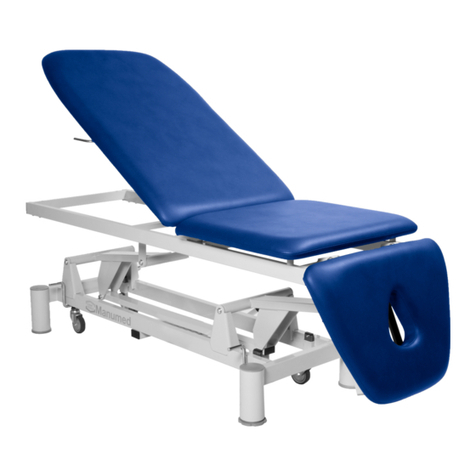
Enraf Nonius
Enraf Nonius Manumed ST User manual
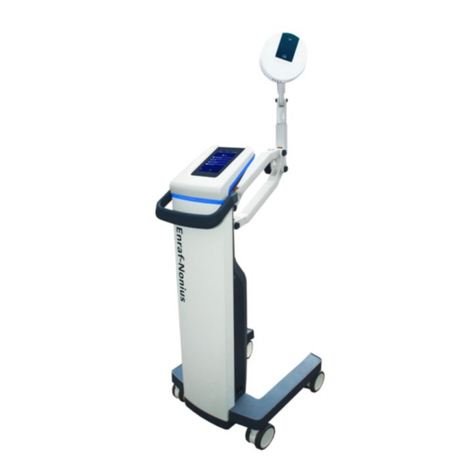
Enraf Nonius
Enraf Nonius Curapuls 670 User manual
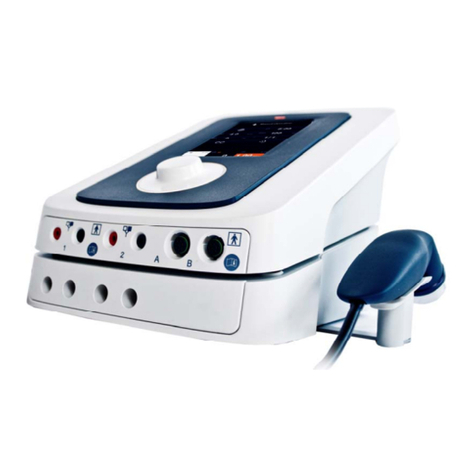
Enraf Nonius
Enraf Nonius Sonopuls 492 Installation and operation manual
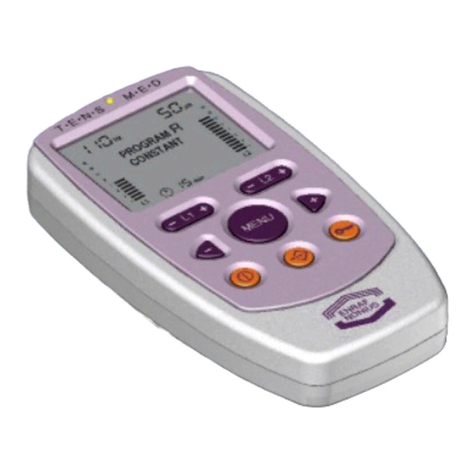
Enraf Nonius
Enraf Nonius TensMed 911 User manual

Enraf Nonius
Enraf Nonius 6 Series User manual

Enraf Nonius
Enraf Nonius Manumed ST User manual

Enraf Nonius
Enraf Nonius Curapuls 670 User manual

Enraf Nonius
Enraf Nonius Eltrac 471 User manual
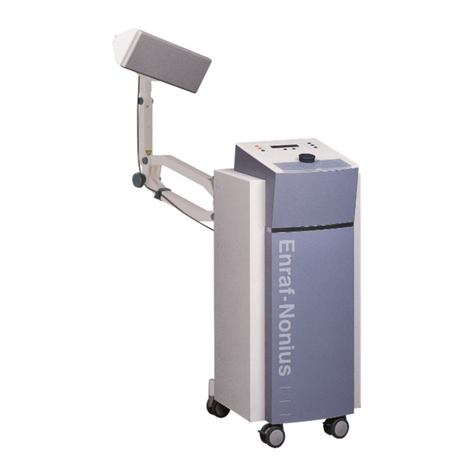
Enraf Nonius
Enraf Nonius Radarmed 950+ User manual

Enraf Nonius
Enraf Nonius Curapuls 670 User manual
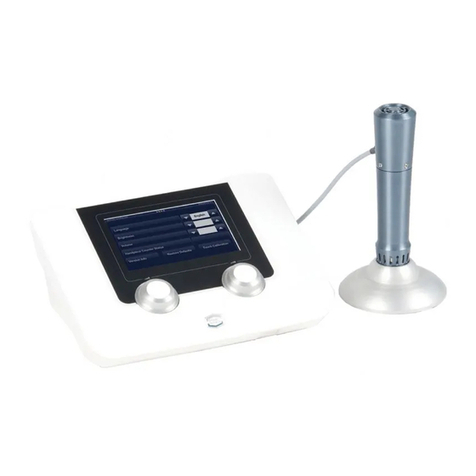
Enraf Nonius
Enraf Nonius Endopuls 811 User manual
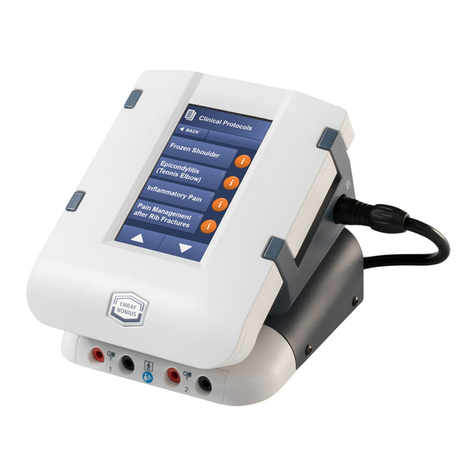
Enraf Nonius
Enraf Nonius Endomed 182 User manual
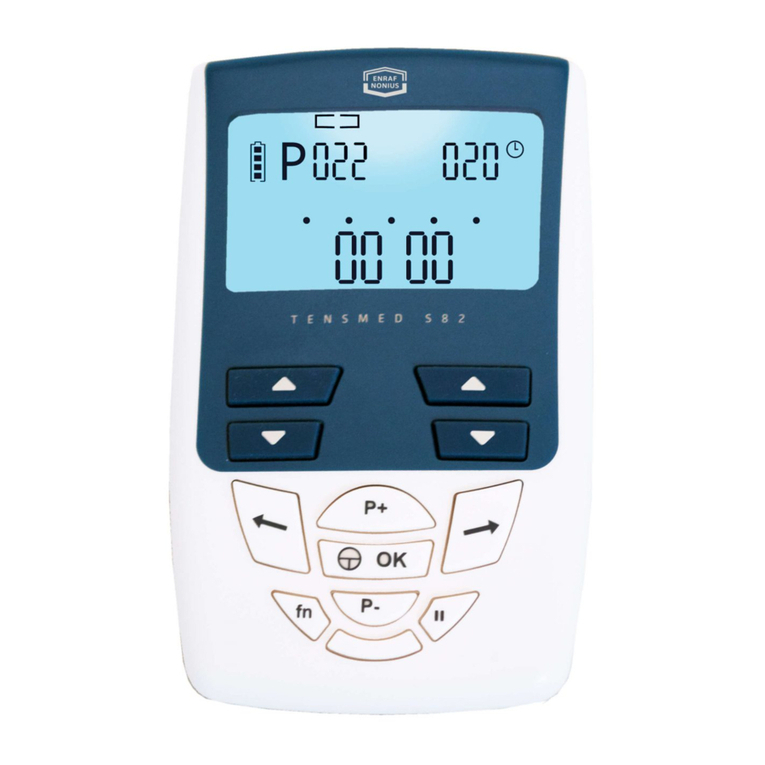
Enraf Nonius
Enraf Nonius TENSMED S82 User manual
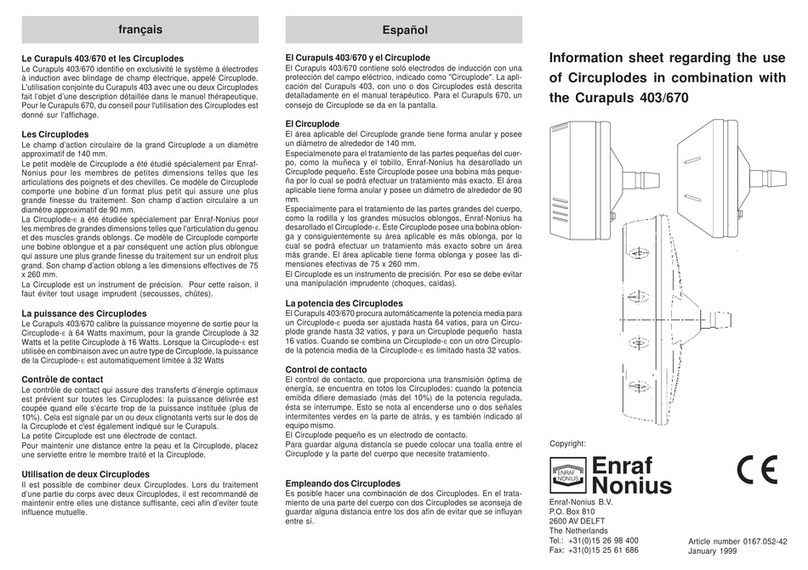
Enraf Nonius
Enraf Nonius Curapuls 670 Manual
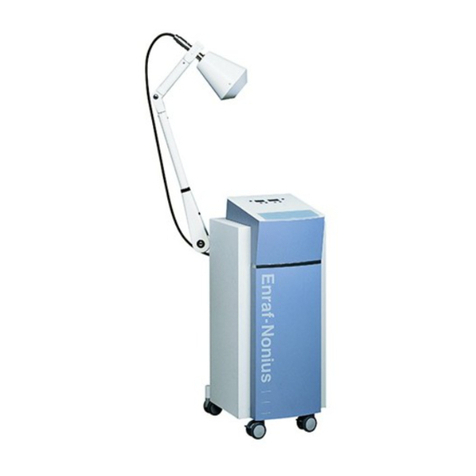
Enraf Nonius
Enraf Nonius Radarmed 650 User manual
Popular Medical Equipment manuals by other brands

laerdal
laerdal VitalSim Sounds Trainer Directions for use
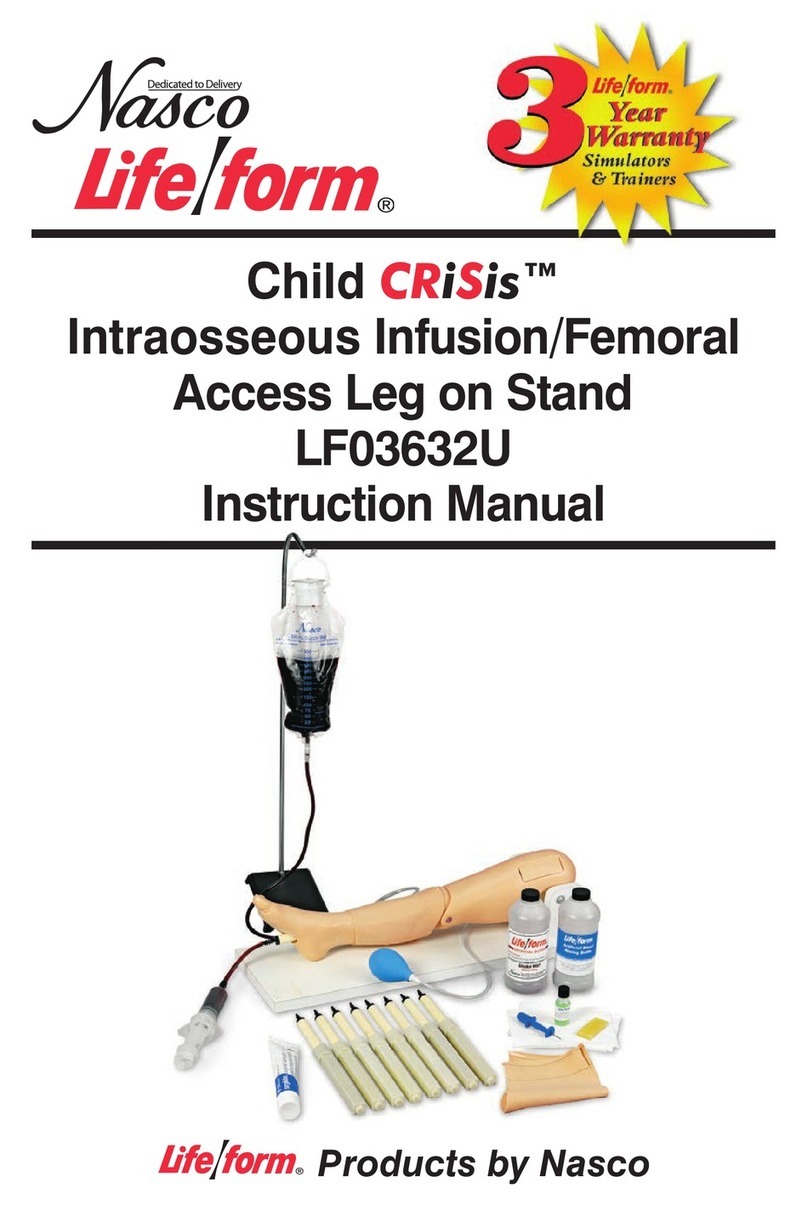
Nasco
Nasco Life/Form Child Crisis LF03632U instruction manual
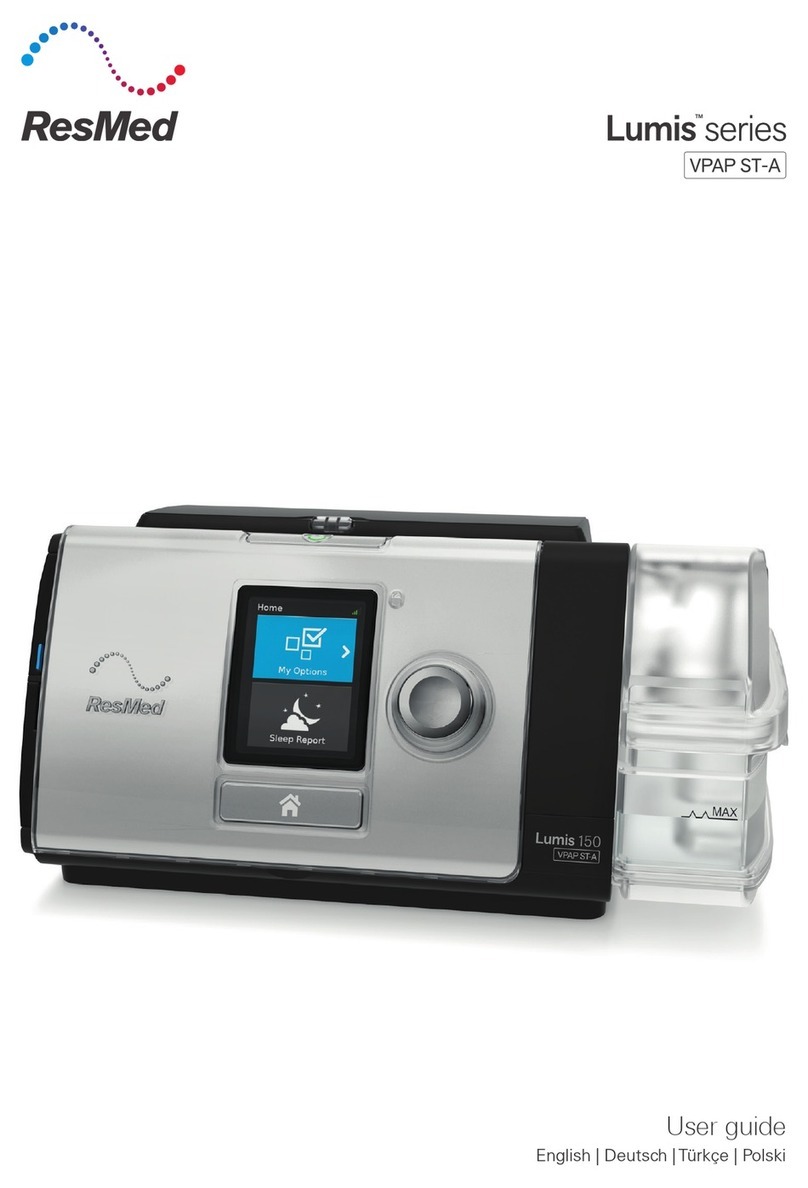
ResMed
ResMed lumis series user guide

Durr Dental
Durr Dental V 300 S Installation and operating instructions
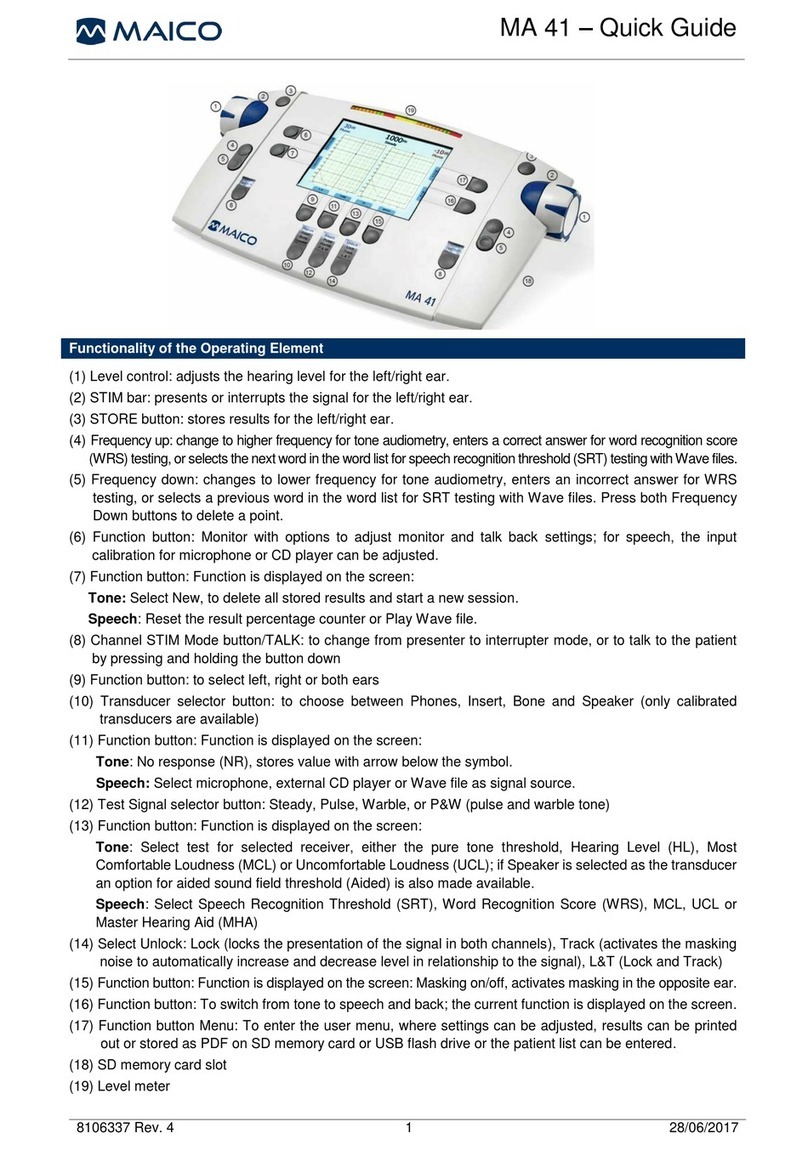
Maico
Maico MA 41 quick guide
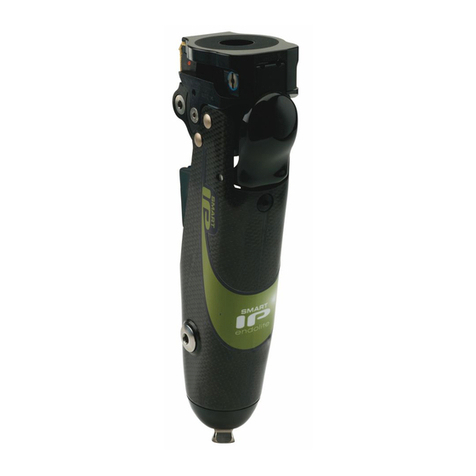
Blatchford
Blatchford SMARTIP4B30 Instructions for use
